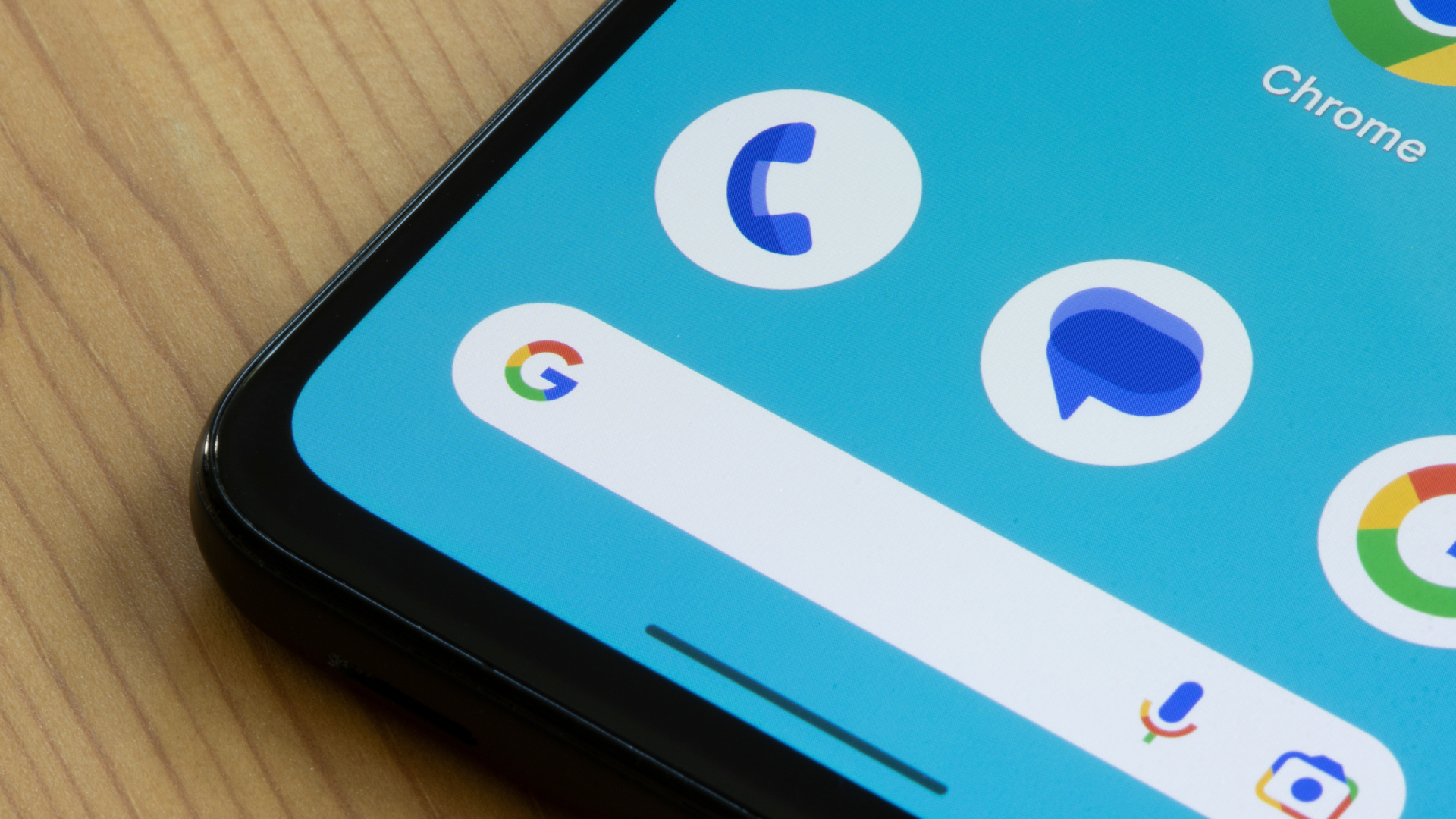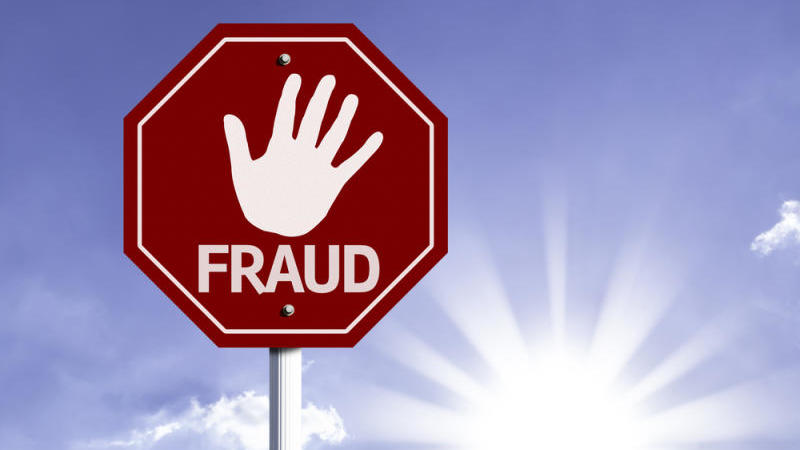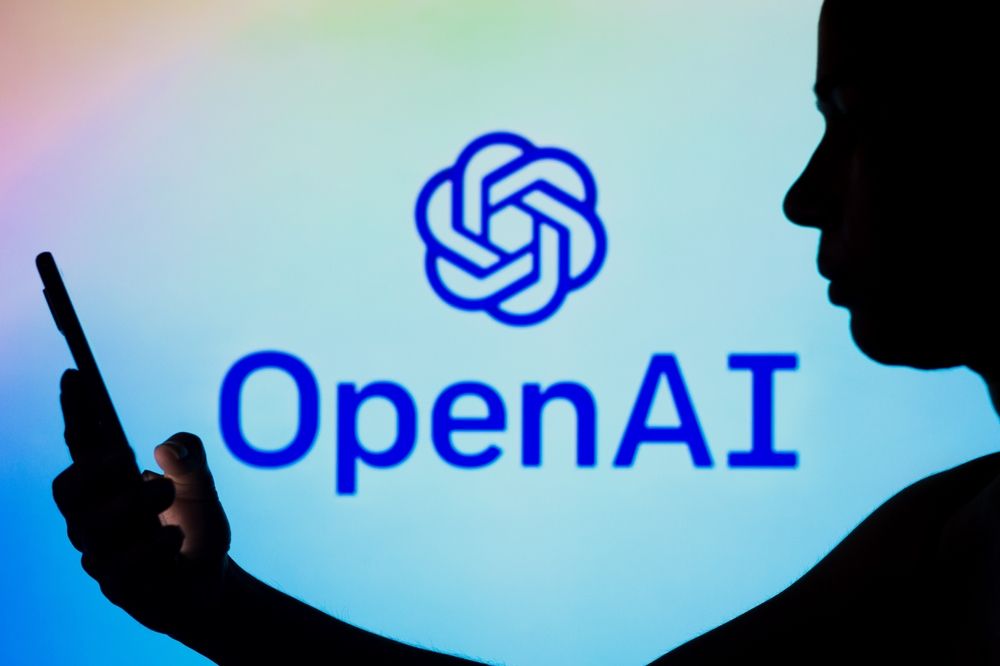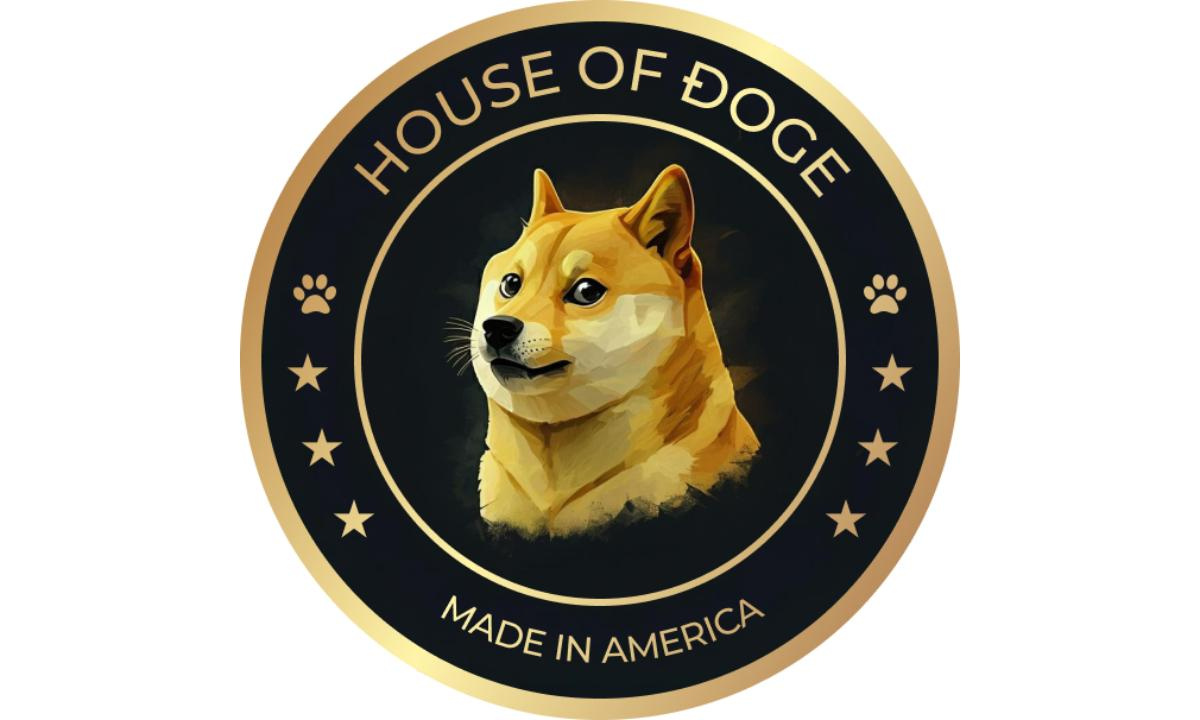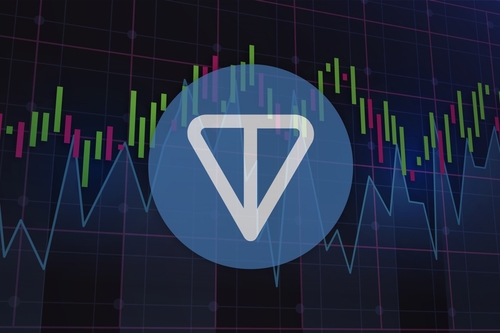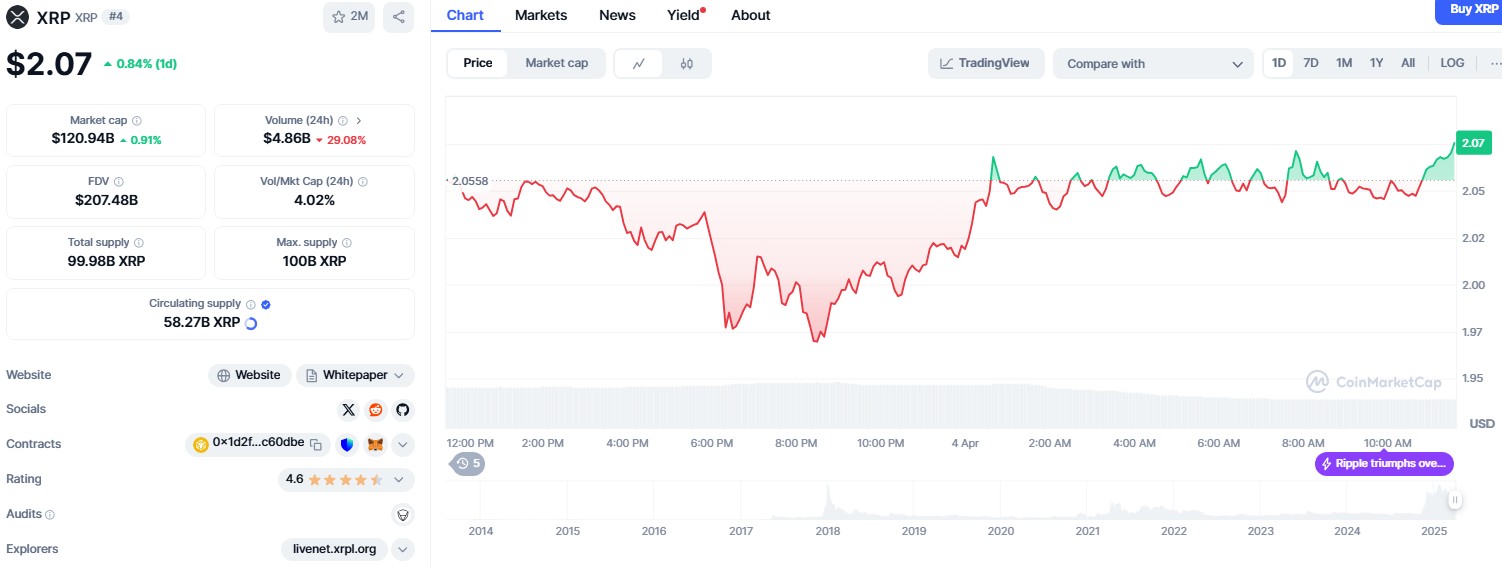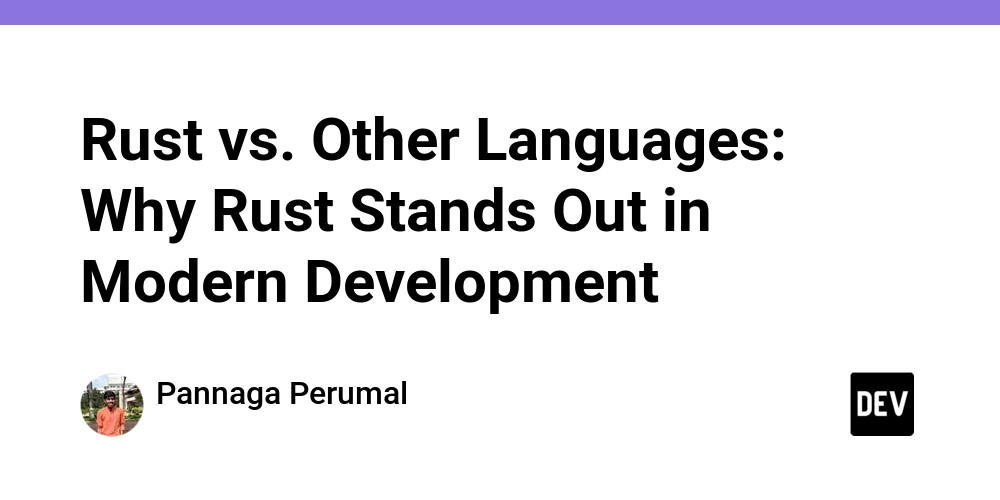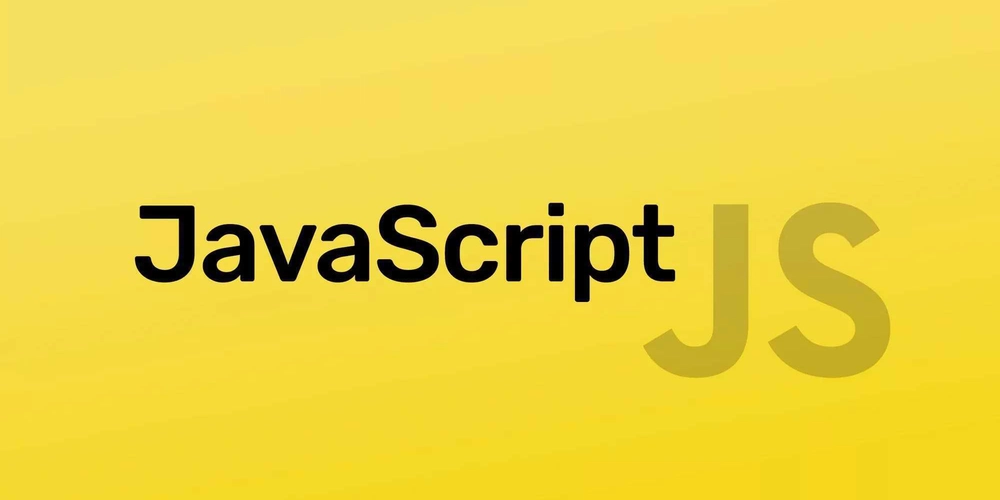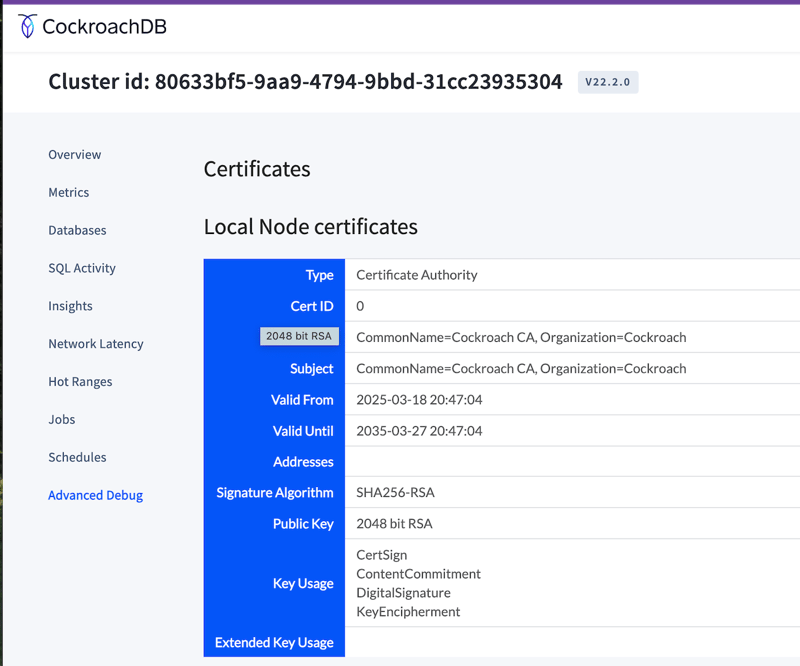Unveiling Freedom in Open Licensing: A Deep Dive into the PDDL
The landscape of open licensing is evolving, and one license that continues to spark thoughtful debate is the Public Domain Dedication and License (PDDL). In our detailed exploration of the article "Unveiling Public Domain Dedication and License : A Comprehensive Summary, Exploration and Review", we dive into the origins, impact, and challenges of this controversy‐sparking license. In this blog post, we offer an engaging look at how the PDDL simplifies creative sharing while also posing questions regarding fairness and commercial exploitation. Introduction At its core, the PDDL is not just a legal document but a visionary framework that prioritizes absolute freedom and easy reuse of creative works. By placing content entirely in the public domain, the license allows developers, artists, and researchers to use, modify, and distribute their work without legal entanglements. This open approach is particularly appealing to communities that value innovation over regulations but also raises concerns about potential exploitation, such as commercial entities benefiting from these works without compensating original creators. The article we explore offers an extensive Public Domain Dedication and License summary, highlighting historical influences, modern applications, and comparisons with alternative licensing models like the Open Compensation Token License (OCTL). By drawing from discussions on platforms such as Hacker News and Stack Overflow, it provides a balanced view that is both informative and thought-provoking. Summary The article begins with an overview of the PDDL’s intent: to remove the legal constraints often associated with copyrighted works. With inspiration drawn from legacy free-software movements, the PDDL has become a pivotal tool for fostering openness. Its creators believed that by eliminating the need for complicated legal permissions, innovation could flourish. For those looking to review the official license text or seek additional background on similar licensing models, the article includes a rich collection of resources and comparison tables. Throughout the review, the PDDL is held up as a model of transparency and simplicity. However, it is not without its shortcomings. One of the major concerns is its potential for unbridled commercial exploitation, as there is no inherent mechanism to ensure that developers are fairly rewarded for their contributions. In contrast, newer models such as the OCTL incorporate blockchain-based mechanisms to address these inequities by providing direct compensation and revenue opportunities. Moreover, the article discusses how the static nature of the license—without versioning—both preserves its original spirit and renders it less adaptable to modern legal challenges. It draws comparisons with other licensing options available on portals like OSI Licenses and statistical data from GitHub License Usage. This comprehensive Public Domain Dedication and License summary is a must-read for developers concerned not only with legal freedom, but also with the long‑term sustainability of their projects. In addition, the piece dives into some of the darker sides of open licensing, such as the risks involved when projects lack Contributor License Agreements (CLAs) and clear attribution guidelines. By reflecting on failures and cautionary cases discussed on communities like Hacker News, it encourages stakeholders to consider whether complete freedom might sometimes be too liberal, especially when compared to licenses with structured reciprocity. Conclusion The PDDL stands as a testament to the open-source ideal: the belief that information and creative works should be freely available for all. As our exploration reveals, embracing such an open model can drive innovation while simultaneously exposing creators to the risk of exploitation if not managed carefully. For projects that thrive on an all-open future without commercial strings attached, the PDDL remains a powerful tool. However, for those requiring financial sustainability or dual licensing options, alternative models like those highlighted by the Open Compensation Token License (OCTL) might be more appropriate. In conclusion, this in-depth review, originally detailed in the article "Unveiling Public Domain Dedication and License : A Comprehensive Summary, Exploration and Review," serves as both an informative guide and a call to critically assess the balance between freedom and fairness in today’s digital age. We invite you to dive deeper into the world of open source licensing, learn from the shared experiences, and ultimately choose the licensing model that best aligns with your project's goals and values. For more insights, be sure to visit trusted sources such as the official FSF website and explore discussions on Stack Overflow for community perspectives.
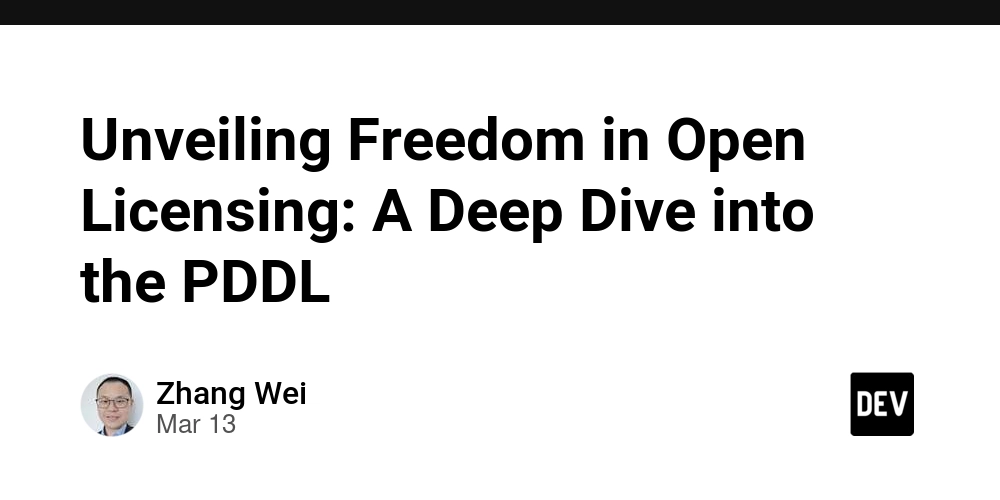
The landscape of open licensing is evolving, and one license that continues to spark thoughtful debate is the Public Domain Dedication and License (PDDL). In our detailed exploration of the article "Unveiling Public Domain Dedication and License : A Comprehensive Summary, Exploration and Review", we dive into the origins, impact, and challenges of this controversy‐sparking license. In this blog post, we offer an engaging look at how the PDDL simplifies creative sharing while also posing questions regarding fairness and commercial exploitation.
Introduction
At its core, the PDDL is not just a legal document but a visionary framework that prioritizes absolute freedom and easy reuse of creative works. By placing content entirely in the public domain, the license allows developers, artists, and researchers to use, modify, and distribute their work without legal entanglements. This open approach is particularly appealing to communities that value innovation over regulations but also raises concerns about potential exploitation, such as commercial entities benefiting from these works without compensating original creators.
The article we explore offers an extensive Public Domain Dedication and License summary, highlighting historical influences, modern applications, and comparisons with alternative licensing models like the Open Compensation Token License (OCTL). By drawing from discussions on platforms such as Hacker News and Stack Overflow, it provides a balanced view that is both informative and thought-provoking.
Summary
The article begins with an overview of the PDDL’s intent: to remove the legal constraints often associated with copyrighted works. With inspiration drawn from legacy free-software movements, the PDDL has become a pivotal tool for fostering openness. Its creators believed that by eliminating the need for complicated legal permissions, innovation could flourish. For those looking to review the official license text or seek additional background on similar licensing models, the article includes a rich collection of resources and comparison tables.
Throughout the review, the PDDL is held up as a model of transparency and simplicity. However, it is not without its shortcomings. One of the major concerns is its potential for unbridled commercial exploitation, as there is no inherent mechanism to ensure that developers are fairly rewarded for their contributions. In contrast, newer models such as the OCTL incorporate blockchain-based mechanisms to address these inequities by providing direct compensation and revenue opportunities.
Moreover, the article discusses how the static nature of the license—without versioning—both preserves its original spirit and renders it less adaptable to modern legal challenges. It draws comparisons with other licensing options available on portals like OSI Licenses and statistical data from GitHub License Usage. This comprehensive Public Domain Dedication and License summary is a must-read for developers concerned not only with legal freedom, but also with the long‑term sustainability of their projects.
In addition, the piece dives into some of the darker sides of open licensing, such as the risks involved when projects lack Contributor License Agreements (CLAs) and clear attribution guidelines. By reflecting on failures and cautionary cases discussed on communities like Hacker News, it encourages stakeholders to consider whether complete freedom might sometimes be too liberal, especially when compared to licenses with structured reciprocity.
Conclusion
The PDDL stands as a testament to the open-source ideal: the belief that information and creative works should be freely available for all. As our exploration reveals, embracing such an open model can drive innovation while simultaneously exposing creators to the risk of exploitation if not managed carefully. For projects that thrive on an all-open future without commercial strings attached, the PDDL remains a powerful tool. However, for those requiring financial sustainability or dual licensing options, alternative models like those highlighted by the Open Compensation Token License (OCTL) might be more appropriate.
In conclusion, this in-depth review, originally detailed in the article "Unveiling Public Domain Dedication and License : A Comprehensive Summary, Exploration and Review," serves as both an informative guide and a call to critically assess the balance between freedom and fairness in today’s digital age. We invite you to dive deeper into the world of open source licensing, learn from the shared experiences, and ultimately choose the licensing model that best aligns with your project's goals and values. For more insights, be sure to visit trusted sources such as the official FSF website and explore discussions on Stack Overflow for community perspectives.










































































































































































![[The AI Show Episode 142]: ChatGPT’s New Image Generator, Studio Ghibli Craze and Backlash, Gemini 2.5, OpenAI Academy, 4o Updates, Vibe Marketing & xAI Acquires X](https://www.marketingaiinstitute.com/hubfs/ep%20142%20cover.png)


















































































































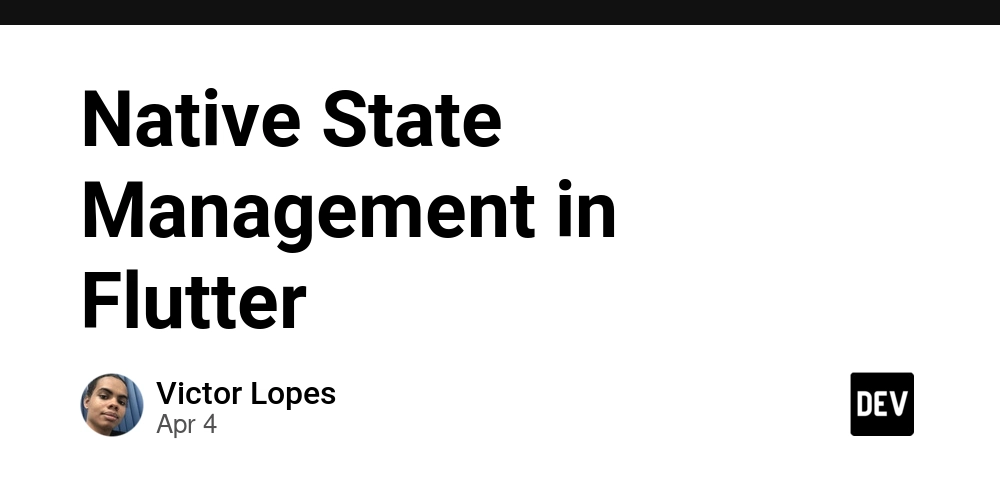


















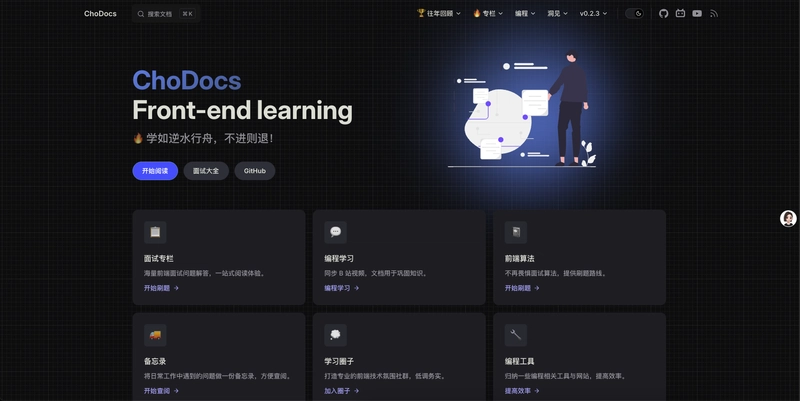










































































































.jpg?#)
















































































































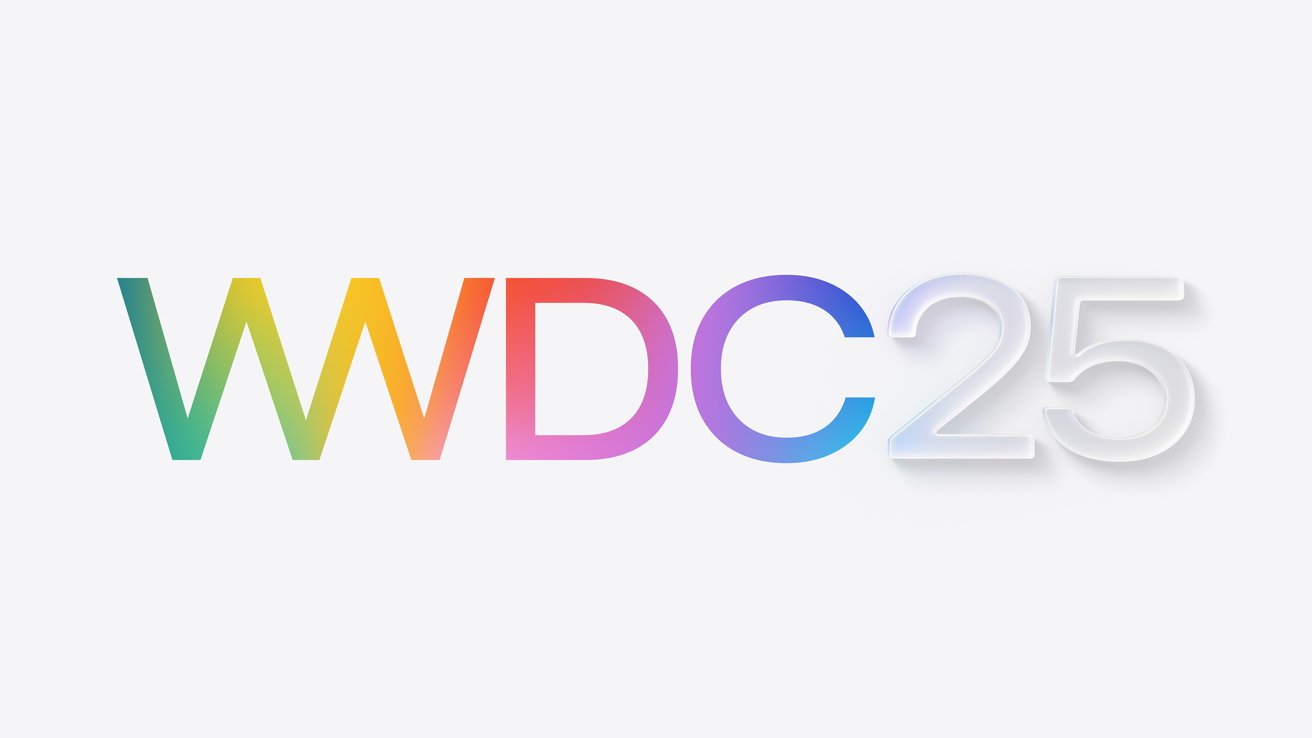






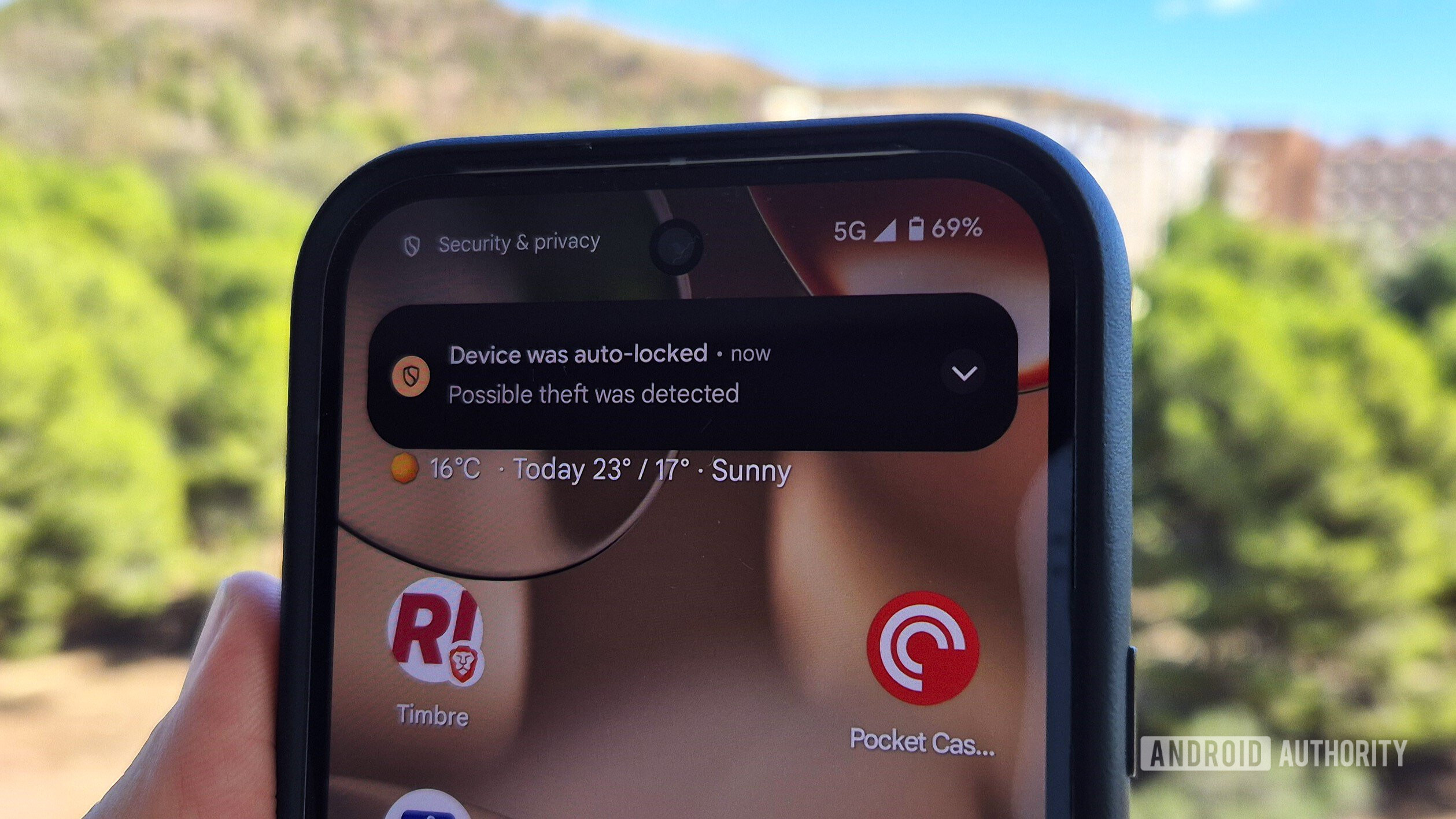
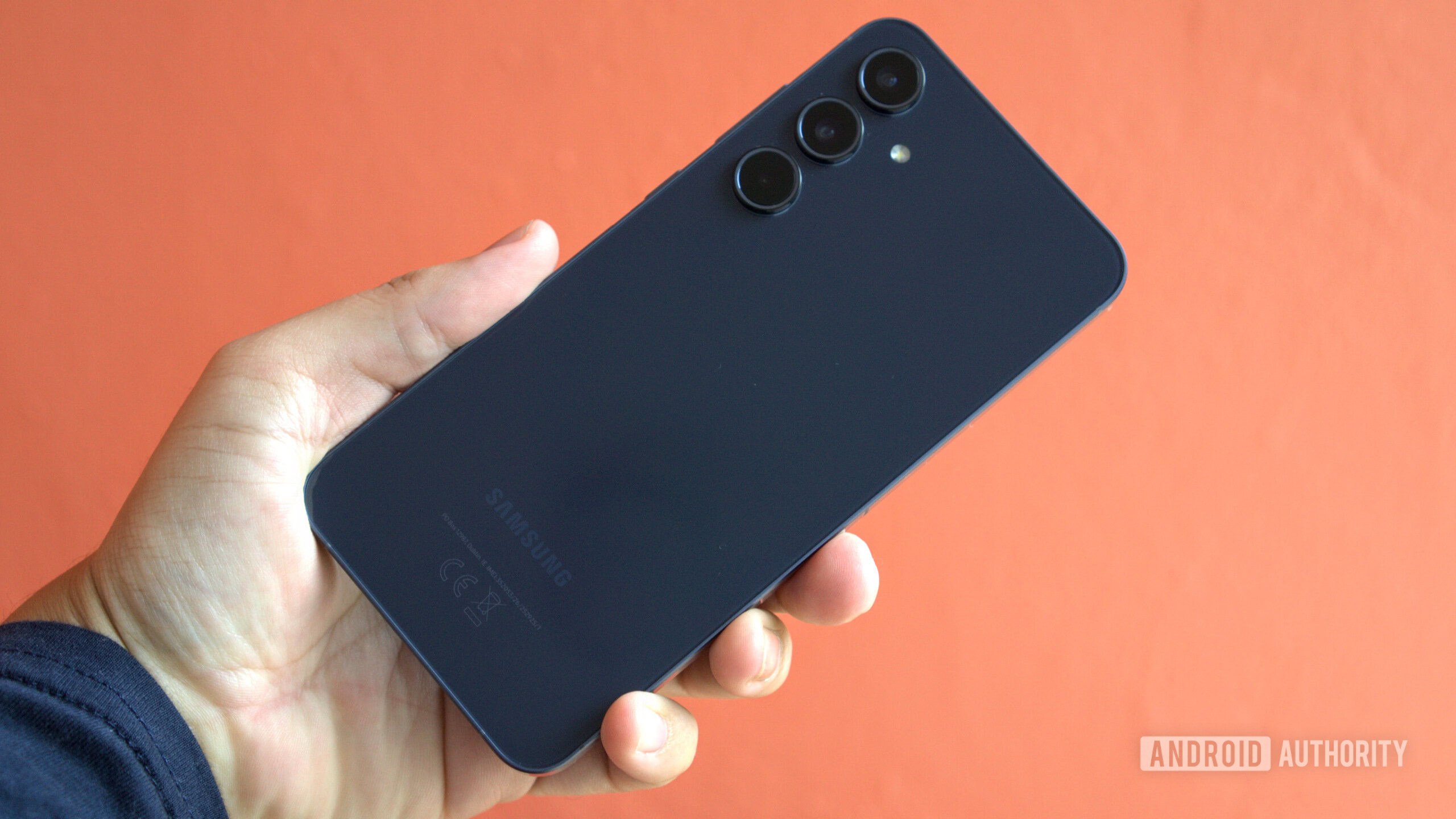




















![YouTube Announces New Creation Tools for Shorts [Video]](https://www.iclarified.com/images/news/96923/96923/96923-640.jpg)

![Apple Faces New Tariffs but Has Options to Soften the Blow [Kuo]](https://www.iclarified.com/images/news/96921/96921/96921-640.jpg)

















